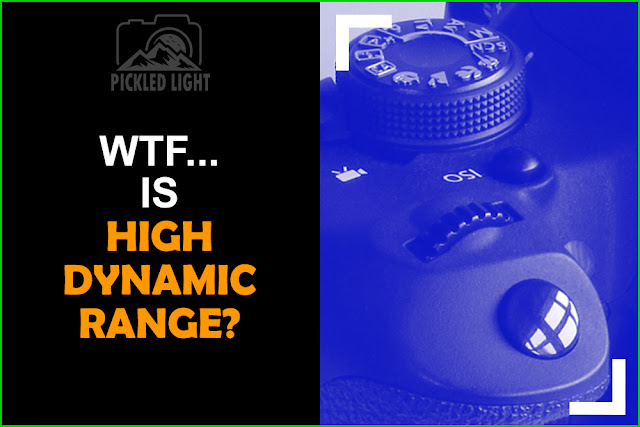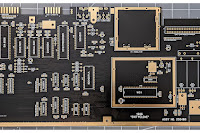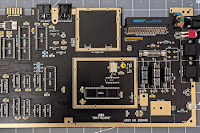
What is HDR exactly and how can you use it to your advantage?
Let’s start with the definition. HDR stands for High Dynamic Range, and this requires a bit more explanation. Dynamic Range is the term used to describe the range of luminosity within an image. Imagine you are standing on a beach watching sunrise: the sun is the most luminous object in the scene. The light from the sun will be lighting up the atmosphere and any clouds and reflecting off the water, so these will be the next most luminous aspects of the scene, then finally the sun will be shining on the beach and rocks, some of which will be casting deep shadows, so these will be the least luminous parts of the scene. All these ranges of luminosity, from the dark shadows cast by the rocks to the bright sun itself describe the dynamic range. And in this particular example, the dynamic range is extreme large going from extremely bright to extremely dark. If I were to take a single photograph of this scene I could do one of two things:
1) Expose for the sky and sun and leave the beach, rocks and shadows in darkness or
2) Expose for the beach, rocks and shadows and completely blow out the sky.
But, unless you are looking for a high contrast picture, neither of these scenarios is ideal and both will result in a photograph which fails to accurately capture the scene in front of you. This is because the sensor in your camera isn’t capable of capturing such a large range of luminosity – it can either expose for the really bright stuff or it can expose for the really dark stuff, but it can’t do both at the same time. And whilst the dynamic range of sensors is improving all the time, we are a long way from being at the stage where such a large variation in luminosity can be captured in a single image.
There are, however, a couple of things you could do to help.
The first is to use a Graduated Neutral Density (GND) filter. As discussed in this article, half of the GND filter is completely transparent and half is partially opaque, this serves the purpose of darkening the brightest part of your image whilst leaving the darker areas untouched and thus reducing the overall dynamic range of the scene. GND filters come in different “strengths”, and the “stronger” the GND filter you use, the darker it will make the brightest areas. In a situation like the one described above, this may work in a lot of instances but when we place a filter in front of the lens and point it directly at the sun we run the risk of introducing reflections into the image (light reflects off the lens, then off the back of the filter and then back into the lens). In addition, it is unlikely that even the strongest GND filter by itself would reduce the dynamic range of this particular scene sufficiently and you may have to stack more than one which in turn increases the risk of introducing colour casts into the image (Only really, really expensive GND filters are truly colour neutral) so what’s the alternative?
Well, if you’re prepared to put in the effort in post processing software, you can create an HDR image and this is the purpose of this article.
The principle of an HDR photograph is extremely simple but there are a couple of caveats. You will have to use software to create, and bring the best out of the image. To make your life simpler you should be using a sturdy tripod when taking the initial pictures, it will become apparent why in a moment. And finally you should either be in Shutter Priority mode or in full Manual mode with your camera for this to work well.
Okay, so we’ve established that taking one picture of our scene is not going to cut it, but what if we were to take lots of pictures, each exposed differently (by varying the shutter speed) so that in each one a single element of the total was well exposed? So for example, one or two pictures are exposed for the sun, two or three for the brightness of the clouds and the reflection in the sea, and a few more to properly expose the sand, rocks and shadows. On their own these would be useless but by using software we can blend these images to create one image which contains the properly exposed elements of all of them. By using a tripod to ensure the camera doesn’t move during the different exposures all the different images will align very easily and the end result will be a sharp and properly exposed image of the whole which can then be further adjusted in post processing to give you the final, desired result. And that, dear reader, is what an HDR image should be.
A few years ago, HDR photography got a bad name for itself when the internet was awash with overly processed pictures which, frankly, looked terrible; all sharp bold lines and pale haloes around edges, but thankfully that particular fad has passed and HDR is a legitimate way of dealing with situations where one picture alone just won’t cut the mustard.



